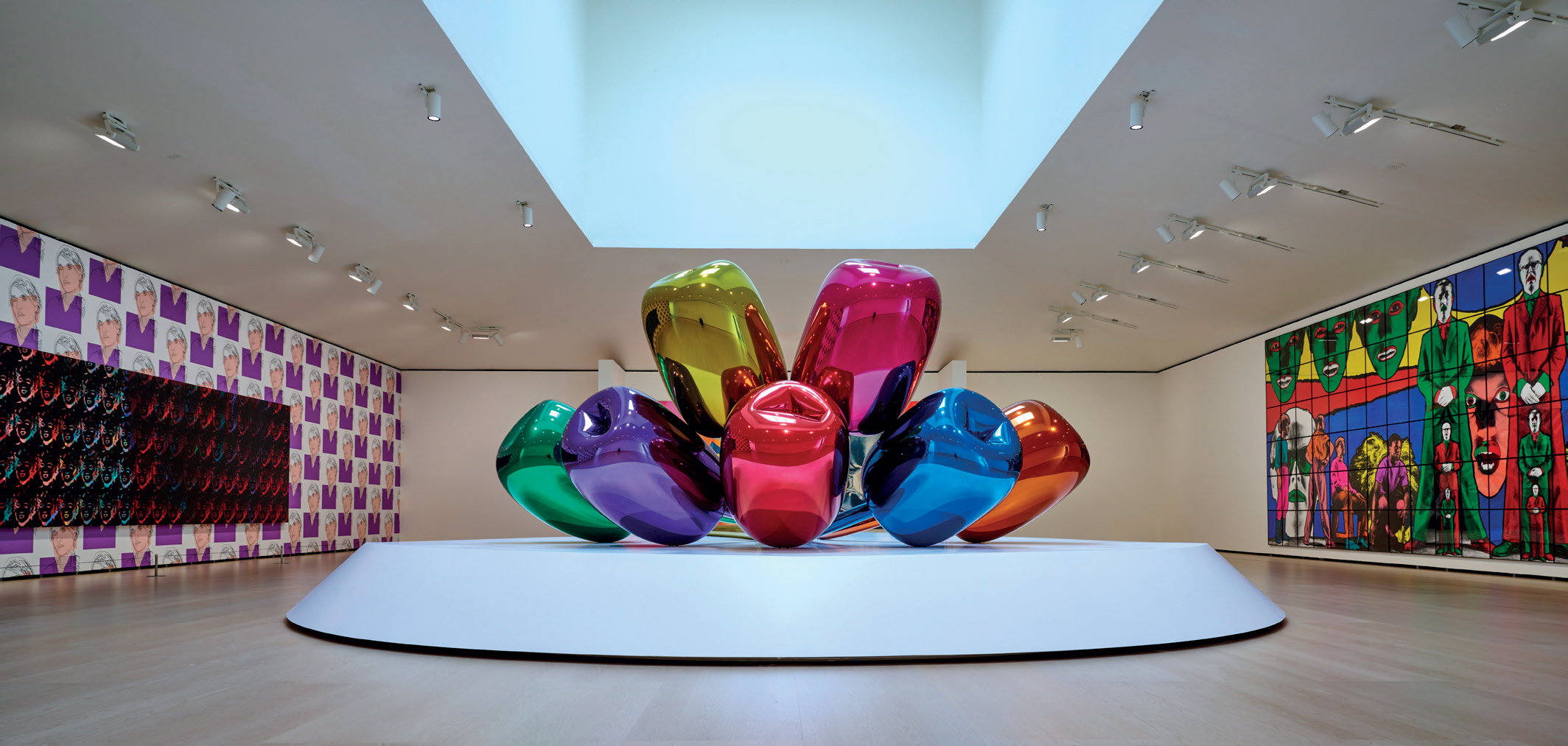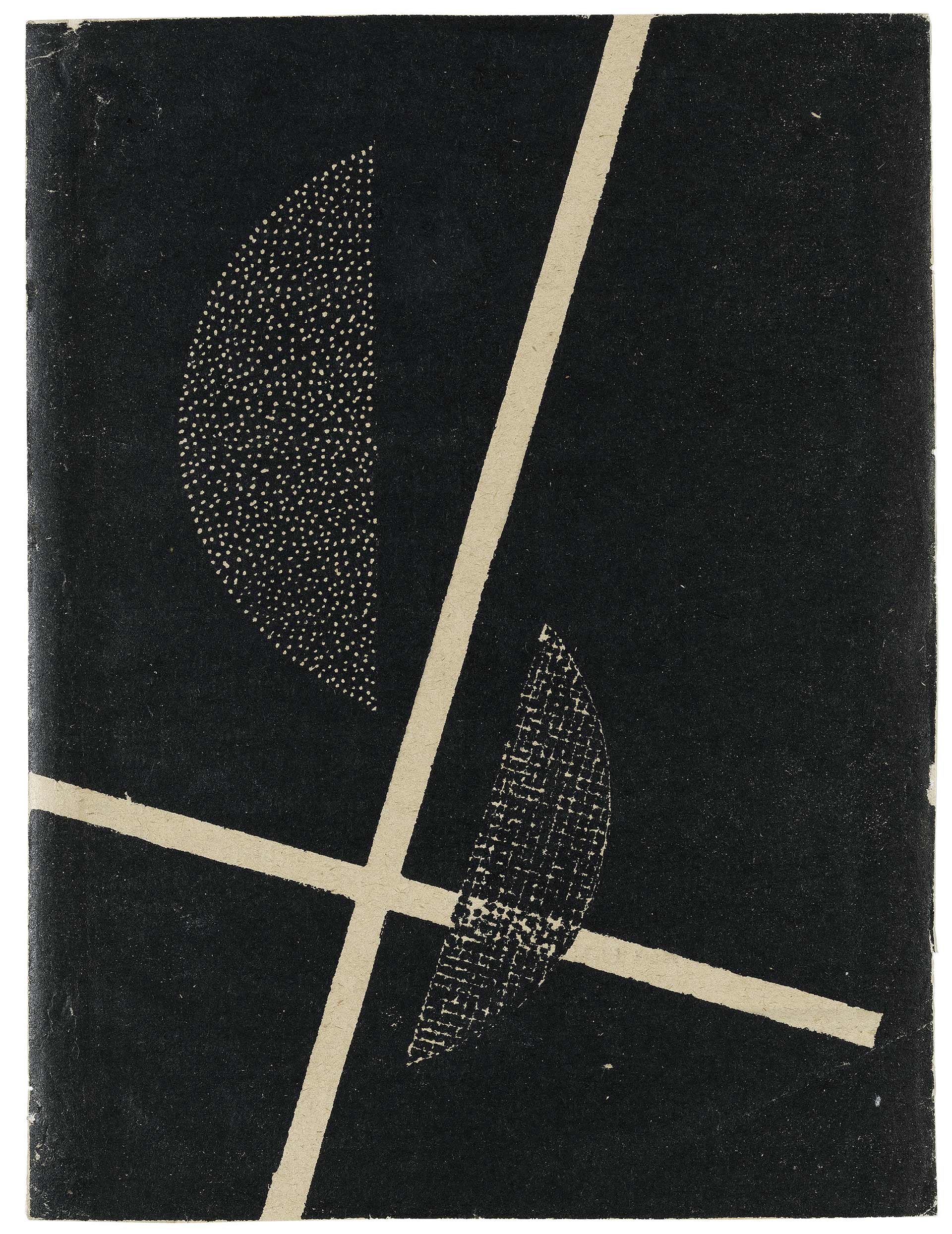Composition, 1922
The life and identity of László Moholy-Nagy, who was born in Hungary, were defined by the experience of continuous migration, moving on, and starting afresh. He started drawing while convalescing from an injury sustained during World War I, then in 1919 he emigrated, first to Vienna, and then to Berlin. In Berlin his first exhibition was in the Sturm Gallery, where he met with the exponents of constructivism. In 1923, Walter Gropius asked him to become artistic director of the metal workshop of the Bauhaus, and alongside his teaching work, he made files of graphics and typographical designs. In this period, he experimented with many geometric compositions, as in this linocut, which was published in the first number of the journal Der Sturm in March 1924: various geometric figures float before the black, undefinable background. Woodcuts and linocuts were fundamentally important for the visual culture of Bauhaus, since they were affordable, could quickly be distributed, and were easy to reproduce.

